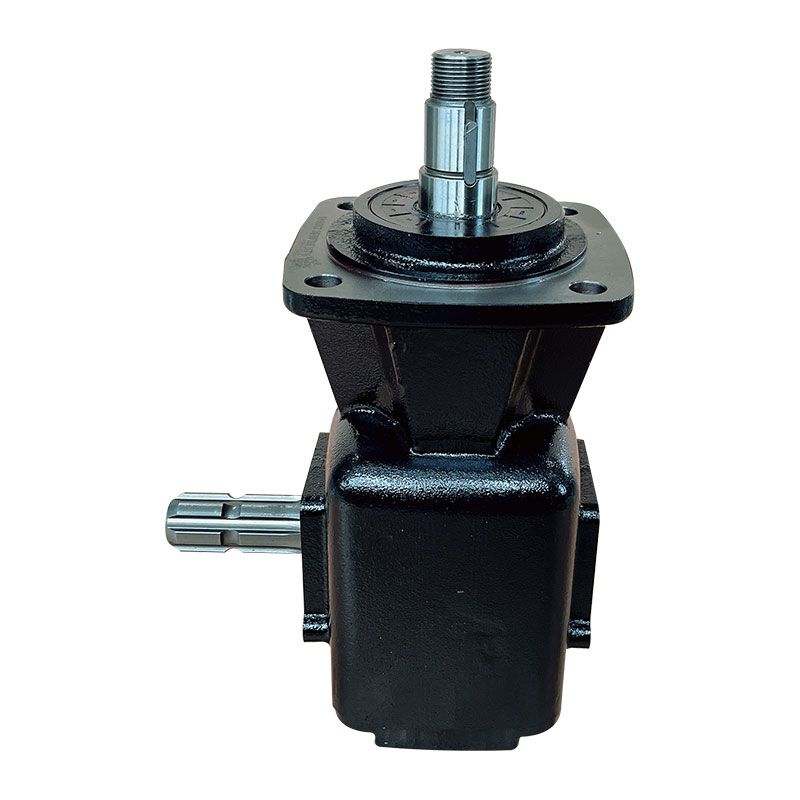Noise Reduction Techniques in Spur Gear System
2024-06-25
Noise reduction in spur gear systems is essential for improving operational efficiency, extending the lifespan of components, and enhancing the overall user experience. Here are some effective techniques for reducing noise in spur gear systems:
1. Gear Design Improvements
Optimized Gear Geometry
- Profile Modifications: Adjusting the gear tooth profile, such as using an involute profile, can minimize noise by ensuring smoother meshing.
- Helical Gears: Replacing spur gears with helical gears can reduce noise. Helical gears have angled teeth, which engage gradually and more smoothly compared to spur gears.
Proper Gear Ratio Selection
- Balanced Loads: Selecting appropriate gear ratios can distribute loads more evenly, reducing vibration and noise.
- Avoiding Resonant Frequencies: Designing gear systems to avoid operating at resonant frequencies can prevent excessive noise.
2. Material and Surface Treatments
High-Quality Materials
- Material Selection: Using high-quality materials with better damping properties, such as certain alloys or composite materials, can reduce noise.
- Damping Materials: Incorporating materials with inherent damping properties into the gear design can help absorb vibrations.
Surface Finish
- Polishing: Smooth gear tooth surfaces reduce friction and noise. Polishing or superfinishing can significantly improve surface quality.
- Coatings: Applying surface coatings like Teflon, ceramic, or specialized lubricants can reduce friction and noise.
3. Lubrication
Appropriate Lubricants
- Viscosity Selection: Choosing the right lubricant viscosity can reduce friction and noise. Too thick or too thin lubricants can increase noise.
- Additives: Lubricants with anti-wear and extreme pressure additives can enhance performance and reduce noise.
Proper Lubrication Practices
- Regular Maintenance: Regularly checking and maintaining lubricant levels ensure optimal performance and noise reduction.
- Automatic Lubrication Systems: Implementing automatic lubrication systems can ensure consistent lubrication, minimizing noise.
4. Gearbox Design and Mounting
Rigid Mounting
- Proper Alignment: Ensuring that gears are correctly aligned can reduce misalignment-related noise.
- Secure Mounting: Using rigid and secure mounting techniques can minimize vibrations and noise transmission.
Isolation and Damping
- Vibration Isolators: Installing vibration isolators or dampers between the gearbox and the mounting surface can absorb vibrations and reduce noise.
- Flexible Couplings: Using flexible couplings can compensate for misalignment and reduce noise.
5. Operational Adjustments

Speed Control
- Operating Speed: Running the gear system at optimal speeds can reduce noise. High speeds may increase noise due to higher vibration frequencies.
- Load Management: Ensuring that the gear system is not overloaded or underloaded can prevent excessive noise due to improper load distribution.
Temperature Control
- Cooling Systems: Implementing cooling systems to maintain optimal operating temperatures can prevent overheating, which can lead to increased noise levels.
6. Advanced Noise Reduction Technologies
Active Noise Control (ANC)
- ANC Systems: Utilizing active noise control systems that use sensors and actuators to counteract noise with anti-noise signals can be effective in reducing noise in complex gear systems.
Acoustic Enclosures
- Soundproof Enclosures: Encasing the gearbox in soundproof enclosures can contain and reduce noise transmission to the surrounding environment.
Conclusion
Reducing noise in spur gear systems involves a combination of design improvements, material selection, proper lubrication, and operational adjustments. By addressing these factors, it's possible to achieve a quieter and more efficient gear system. Regular maintenance and monitoring are also crucial to ensure that the noise reduction techniques remain effective over time. Implementing these strategies can lead to significant improvements in the performance and lifespan of spur gear systems.


